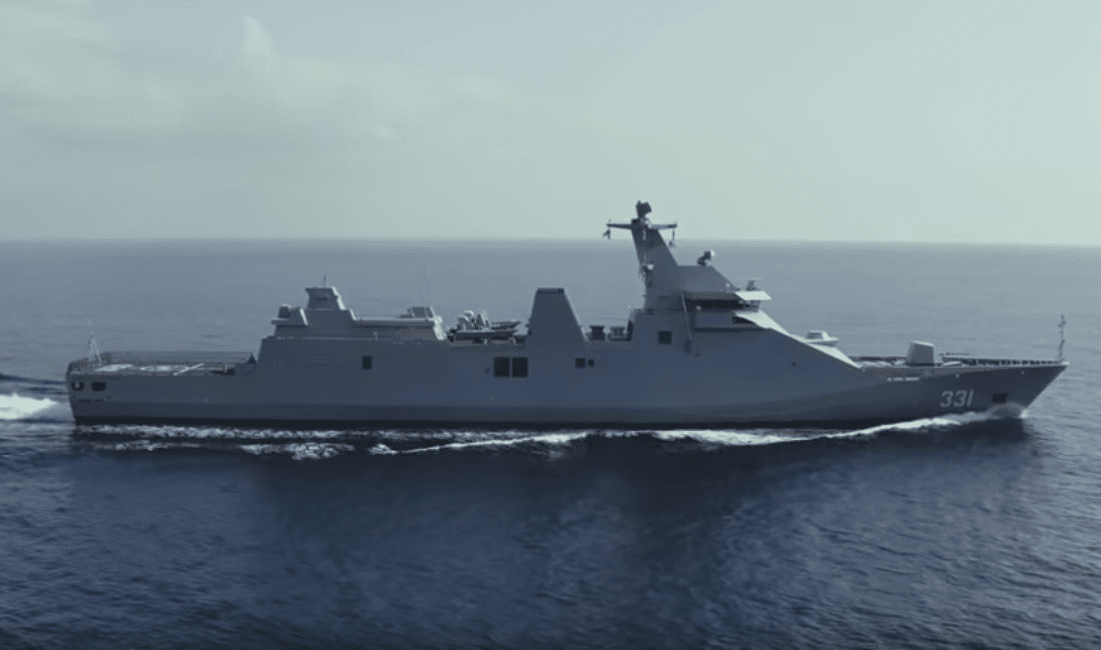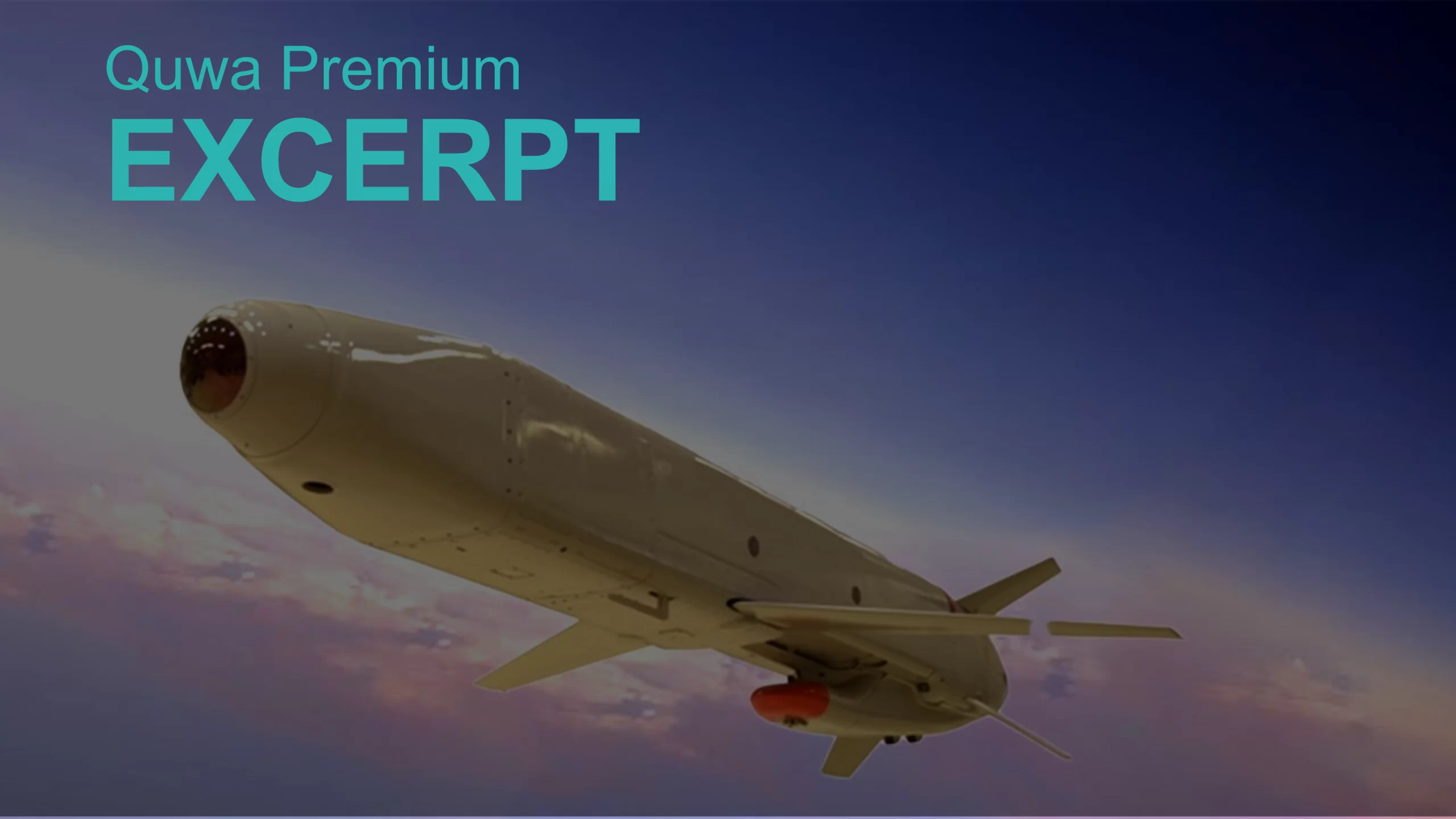3173Views 3Comments

CM-302 anti-ship cruise missile: China’s BrahMos Competitor?
At Air Show China, which took place in Zhuhai last week, China Aerospace Science & Industry Corporation (CASIC) had marketed new supersonic anti-ship cruise missile (ASCM) – the CM-302.
IHS Jane’s believes the CM-302 to be “closely related” to the YJ-12 ASCM, which utilizes a ramjet engine to cruise at supersonic speed – Mach 2 (at low-altitude) to over Mach 3 (at high-altitude).
However, it is not clear if the CM-302 is in fact the YJ-12. Shephard Media reported that the CM-302 is the export variant of the YJ-18, which accelerates to supersonic speed during its terminal phase.
Notes & Comments:
If the aim is to directly compete against the Indo-Russian BrahMos, then CASC will have derived the CM-302 ASCM from the YJ-12. Supersonic cruising is one of the BrahMos’ marquee features, which imbues it with a higher threat rating than subsonic anti-ship missiles, such as the Exocet and C-802.
A look at the CM-302 ASCM (as shown at Air Show China 2016) clearly shows that it has intakes for an air-breathing engine. The design is identical to the ramjet-powered YJ-12. However, as with all export-grade missiles from China, the CM-302’s range is capped to 290 km.
China Aerospace Science and Technology Corporation (CASC) has been working to offer a direct analogue to the BrahMos since at least 2014, when it had unveiled its CX-1 ASCM, which was envisaged with a scramjet engine (Aviation Week). CASIC’s CM-302 directly competes with the CASC CX-1.
The CASIC YJ-12 was cleared for use from the People’s Liberation Army Navy (PLAN)’s H-6G bombers and JH-7B fighter-bombers (U.S Department of Defense). The PLAN and People’s Liberation Army Air Force (PLAAF) were also in the process of integrating the YJ-12 to their respective J-16 and J-11 fleets (IHS Jane’s).
The CM-302 is expected to attract a strong customer base, especially since it is among a handful of cruising supersonic ASCMs on the market. China’s leading conventional arms client Pakistan could be viewed as a strong potential CM-302 customer, which could utilize the CM-302 from land and potentially even surface warships and submarines to bolster its anti-access and area denial capabilities.
Terminology:
For background information on cruise missiles – including anti-ship cruise missiles – please refer to Quwa’s brief on cruise missile technology. Quwa’s series on Pakistan’s pursuit of force-multiplier assets should offer context on why Pakistan could be a potential CM-302 customer.
Edit: Removed incorrect information regarding the CX-1.



3 Comments
by Abdul Rashid
You have mentioned Pakistan’s potential use of CM-302 from the land and sea. According to CASIC spokes man, Lyu Xiaoge, the missile is more versatile than that. It can also be mounted on aircraft and used to attack targets on land as well as at sea. (source: China Daily)
by Matthys Jacobs
During the 90’s Kentron worked on a land equivalent to the LRAAM. It was called the LRTM (Long Range Tactical Missile) ramjet missile similar to the Yakhont/Brahmos, but in the size of a exocet/harpoon.
It would have been in the weight class of say the Exocet with perhaps a slightly longer range 350 – 400 km’s but with supersonic speeds probably between Mach 2.3
Kentron aimed at having a single missile used on ships from canister launch, aircraft launched and land based launch. Submarine launched would probably have been possible in theory. It was envisioned to have a land attack and anti ship capability.
They also designed a innovative anti ship warhead that had dozens of side facing HEAT warheads. It would penetrate a hull and fire the explosive formed perpetrators sideways through multiple bulkheads causing maximum havoc.
There was also a desire to take the Torgos Design and have a SubSonic Cruise for use on Ships and Land Launched as well.
If Denel were ever to bring these two solutions back then it would need a significant development partner much like how India has partnered up with Russia and Israel on occasion.
So many good projects are in limbo or development hell such as the Mupsow, Torgos, Skua, FlowChart, Seraph, Bateleur, LRAAM and LRTM.
by Khan Majeed
All Russian supplied arms to India will turn obsolete with these Chinese weapons